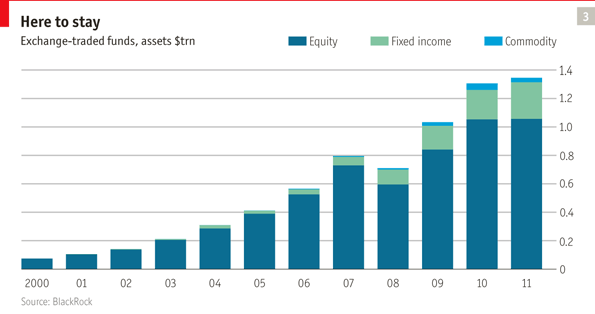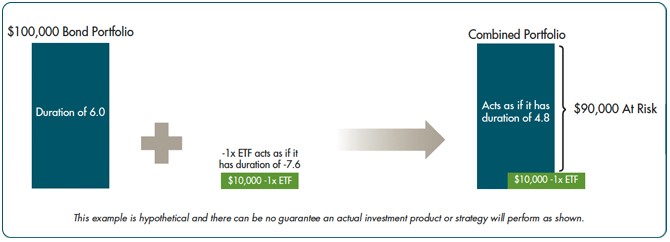How Leveraged and Inverse ETFs Can Fool You With Absolute v Returns
Post on: 16 Март, 2015 No Comment

Leveraged and Inverse Exchange Traded Funds (ETFs ) have become a very popular tool for investors trying to super charge their gains from the volatility in market movements. Leveraged ETFs promise to provide a multiple of the returns on the underlying index they track. An inverse ETF on the other hand tries to deliver returns that are the opposite (or inverse) of the underlying index returns. So if the market or underlying index the ETF tracks is up 5%, the double leveraged ETF will rise by 10%. If an investor thinks markets are going south, they would buy an inverse ETF to profit from a falling market. So if the market falls by 3%, a triple inverse market ETF will rise by 9% (3 x 3%).
But as we have learned from the financial crisis with leverage comes risk. Just as your gains are magnified so too are your losses if the market or underlying ETF index moves adversely to your ETFs characteristics. Further, in volatile markets, the concept of absolute vs relative returns can play havoc with your ETF returns and has fooled many an unsuspecting investor. In fact, leveraged and inverse ETFs have generally under performed what naïve investors might expect. You can see this demonstrated via the following two examples
Leveraged ETF Example
Consider a hypothetical leveraged ETF that promises twice the return of an index. Lets say you buy a share of the ETF for $100 while the underlying index is at 10,000. If the underlying index goes up 10% the next day to 11,000, your ETF should go up 20%, to $120. If the index goes from 11,000 back down to 10,000 the next day, thats a decline of 9.09%, which means that the ETF will go down twice this much, or 18.18%. A decline of 18.18% from the $120 price of the ETF should leave it at $98.18. So even though the index ended up right back where it started (10,000), the ETF is down 1.82% ($100 $98.18)!

Inverse ETF Example
An inverse ETF tries to deliver returns that are the opposite of the indexs returns. So, if the index goes up 1%, the inverse ETF should go down 1%, and vice versa. If the index falls from 10,000 to 9,000 in one day, a decline of 10%, then an inverse ETF purchased for $100 should rise to $110—an increase of 10%. If the index then climbs from 9,000 back to 10,000 on the next day, this is an increase of 11.11%. The ETF will fall by 11.11%, from $110 down to $97.78. Like the above example, the index ends up where it started, but the ETF in real terms is below parity leaving the investor worse-off. It would have been smarter to just invest directly in the index ETF.
The above examples demonstrate basic arithmetic by contrasting absolute vs. relative returns. While leveraged and inverse exchange traded funds will continue to grow in popularity as investors seek excess returns, you should be aware of the pitfalls when investing in these leveraged instruments. While they promise the prospect of higher returns, the downside can be even worse.














